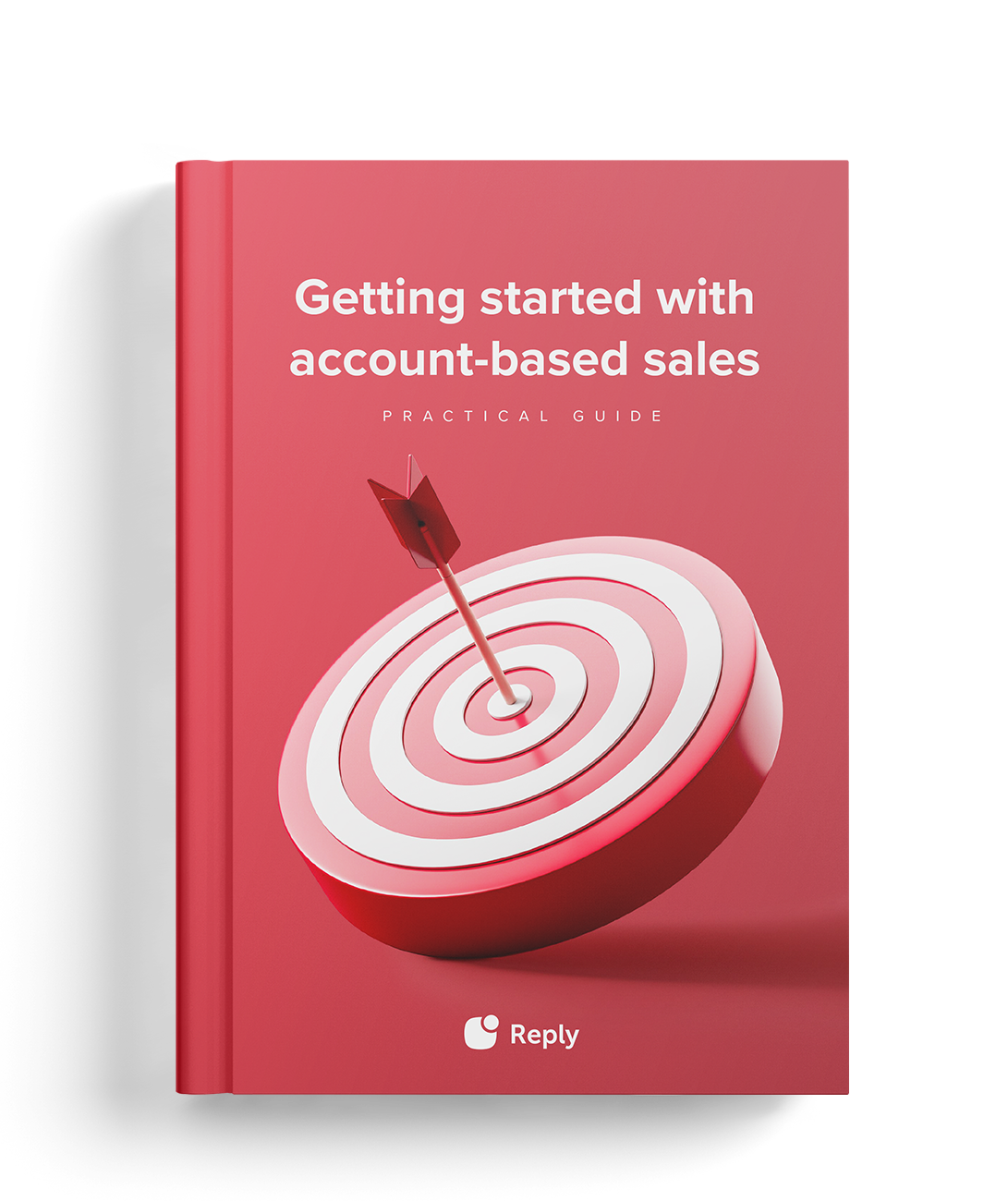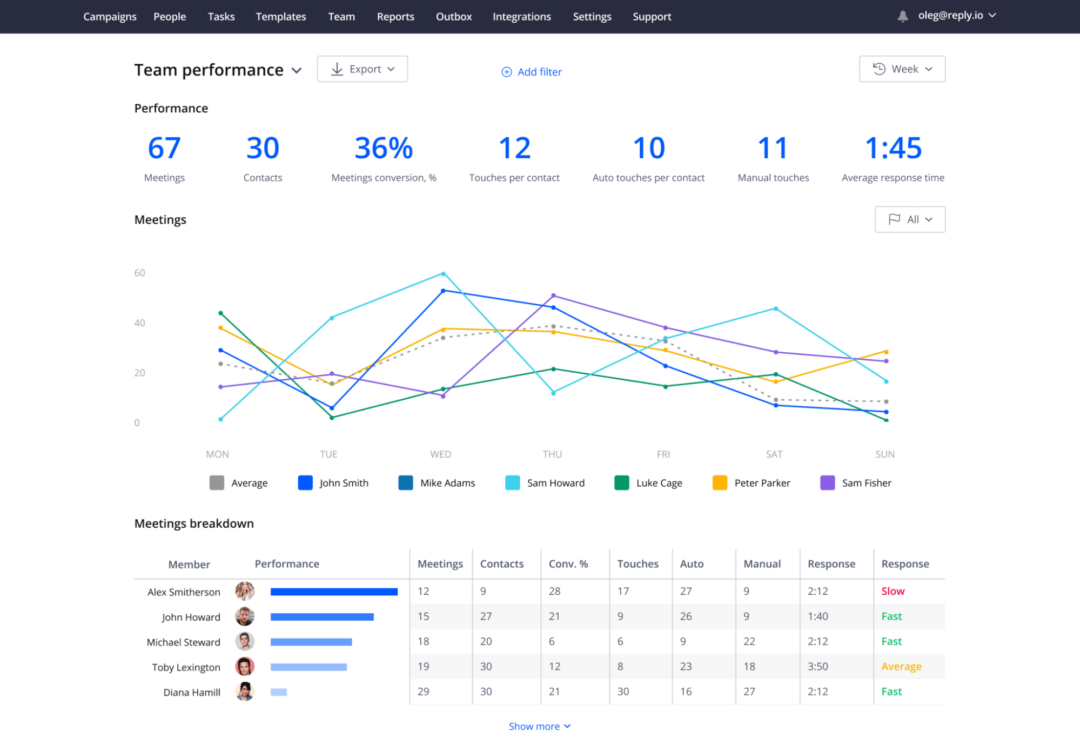As salespeople look for better ways to reach out to prospects and close more deals, account-based prospecting is becoming increasingly popular. While the concept has been around for decades, more companies have recognized that the account-based approach is one of the best ways to stand out from the competition and engage potential customers in crowded markets.
However, account-based strategies are often seen as resource-heavy, requiring teams of people working day and night to close one sale. As a result, many businesses think that an account-based approach is impossible in their circumstances.
The truth is that, while account-based selling does require more thought than the traditional approach, it’s still possible to use technology and automation to make things easier.
In this article, we’ll take a closer look at what is account-based selling (and account-based prospecting specifically), how it can be automated, and ways to make it more effective than ever.
What is account-based prospecting and why is it so effective?
Account-based prospecting (ABP) is a B2B sales strategy based on identifying, contacting and engaging prospects at your best-fit accounts.
As with other similarly named approaches – such as account-based marketing (ABM) and account-based selling (ABS) – the concept is based on highly targeted campaigns, treating each account as a prospect of one.
Sales has been traditionally seen as a numbers game. Not making enough sales? Just hit the phone, send more emails, and talk to more people.
While this can be a viable strategy, particularly for B2C, it doesn’t consider how larger B2B companies operate. For these businesses, simply trying to reach out to as many of them as possible can lead to weak sales messages that blends in with the rest of the noise in their inbox.
Account-based prospecting takes the completely opposite approach. Rather than thinking about the number of accounts you’re reaching out to, ABP encourages you to focus on reaching out to the right accounts.
As covered in our Beginner’s Guide to Account-Based Fundamentals, concentrating on the quality of your outreach leads to better engagement, more qualified leads, and stronger customer relationships. This is especially important when selling expensive or complex products, or dealing with larger B2B companies. If you expect your prospect to take the time to read your message, then that message must be worth their time.
A prospecting strategy that looks at accounts as a whole is especially important in B2B sales today. Gartner reports that there are typically six to 10 decision-makers in each account for a complex B2B product. Rather than only thinking about an individual buyer, ABP encourages you to think of all of these decision-makers in your outreach.









